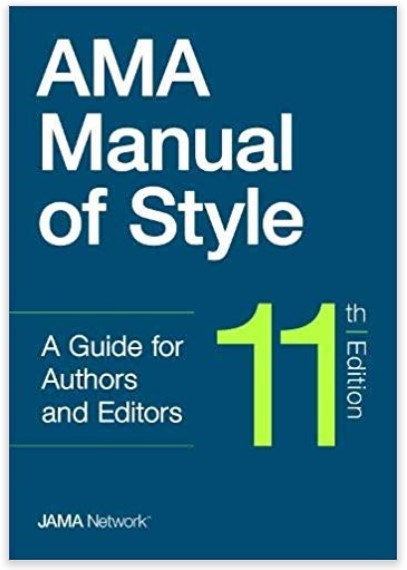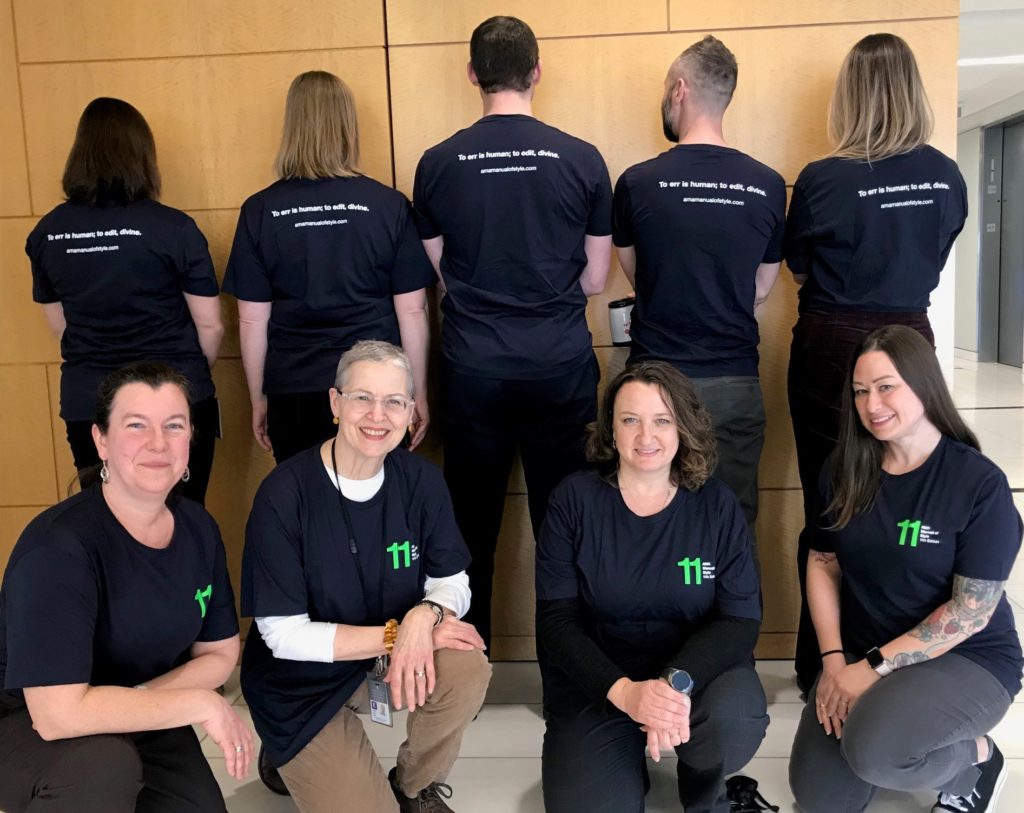There are times when authors question whether they really need copyediting; occasionally, when edits are especially light and authorial moods particularly dark, I even wonder if the idea of skipping it might even be right. But I am never swayed long, because to copyeditors, it is usually clear how tricky English can be, even in its smallest and seemingly simple parts.
Consider exhibit A: a.
English offers 2 indefinite articles, a and an, and the 11th edition of the AMA Manual of Style includes a simple-but-not-easy rule of when to use them: the a goes before consonant sounds and the an before vowel sounds. The hard part is that the sounds, not the written letters, are the deciding factor.
Because English is nonphonetic, words that start with written consonants (such as h) might begin with a vowel sound (as with hour), and those starting with a vowel may be said as an initial consonant sound (as with one). The only way to know the correct article to use is to know how each word is said aloud.
Medical writing further complicates this with prodigious abbreviations. Exactly half of the letters in the English alphabet, including 8 consonants, are said with initial vowel sounds; for example, an N is pronounced “en” and thus must follow an an when it occurs in acronyms such as NSAID. (The other 7 such consonants are F, H, L, M, R, S, and X.)
Making things even worse, acronyms that are pronounced as words (eg, LASIK) must be matched with the indefinite article that goes with their initial sound (in LASIK, “la-,” which means an a should be used), not the sound that matches the spoken letter (the “el” sound of L, which would go with an an). This means it is essential to know which acronym is said as a word and which as a mere cluster of letters.
It is a relief that nearly all of the letter names that start with consonant sounds (B, C, D, G, J, K, P, Q, T, W, Y, and Z) are for actual consonants, making the a their default article—except that, of course, Y is a consonant (said “ya”) and a vowel (“ee”) with a rather inexplicable spoken name (“why”), and…. well, you get the picture. The complexity never ceases.
Anyone can get this stuff wrong, even native English speakers. For authors using English as a foreign language, including those who largely write in rather than speak the language (and therefore do not sound it out much) and those whose native languages do not include indefinite articles (eg, Japanese, Hindi, Polish, many more)—this might be pretty hard to manage. For everyone, there are copyeditors. We hope to handle this and all the rules in our 1200-page style manual, from a to z.–M. Sophia Newman





